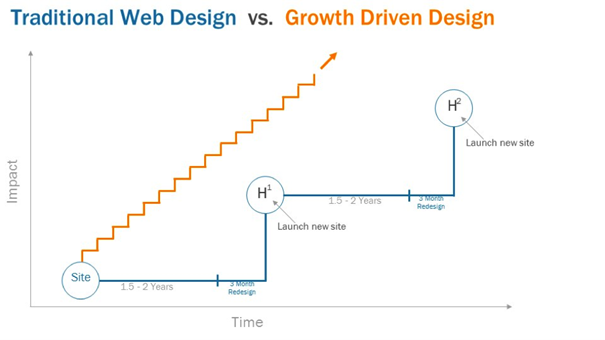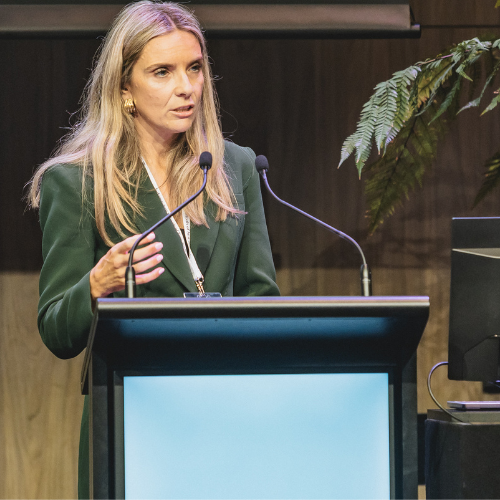



The parent's quest: Seeking the ideal learning environment
Every parent is on a profound quest: to secure the best education for their child. Their aspirations aren’t just academic: they extend to holistic development, faith, values, community and more. The initial phase of this mission is usually exploratory, primarily driven by online research. The number of choices, however, poses a challenge. A sea of similar-looking websites, loaded with information, can blur the unique essence of your school, making your site just one more option among many.
The magnitude of this digital first impression cannot be overstated. Drawing a parallel from the corporate world, a study by Gartner revealed that 60 percent of a purchasing decision is made before any direct interaction with a supplier (HBR, 2012). In the context of school selection, this means parents are making crucial judgments and narrowing down their choices based primarily on the online portrayal of schools. The good news is that if a parent has expressed interest, you are still on their shortlist, but the bad news is that you’ll never know how many prospective parents visited your website and left with their quest unfulfilled.
The problem: Websites abundant in content, sparse in connection
For many schools, their website serves as a repository of information. Dates, events, achievements and facilities often dominate these platforms. The school’s website doesn’t know if it is meant to be a prospecting tool or a parent portal. While information for current parents is undeniably important, it’s not the main job of your public facing website. The problem created by these split personality sites is that they falter in forging a personal connection. They do not evoke emotions, nor do they portray the vibrant, bustling hallways, the laughter echoing in classrooms or the profound student-teacher bonds. In essence, while they provide a glimpse, they fail to tell a story.
Of course, the digital landscape isperpetually evolving. What was trendy and effective two years ago might seemoutdated today. Online years are like dog years. If your website has remained staticand unchanged for, say, three years, it’s like 21 years have passed in onlinedevelopment and visitor expectations. If your website is not being adapted and updated, you risk becoming beingseen as a digital relic, failing to engage the modern parent who seeksimmersive, dynamic and real-time experiences.
Website redesign: A potential pathway, not a panacea
It’s a short phrase that strikes fear into school Heads and marketing teams. Website redesign.
School websites typically undergo a redesign every three to five years, triggered when someone notices that its outdated appearance, content or user experience no longer mirrors the school’s objectives or brand image. These redesigns can be cumbersome, involving extensive preparation, content reviews, focus groups and budgetary challenges. There's also the politics of determining who gets prominence on the website. This process also diverts your team's attention from their normal responsibilities. But it doesn’t have to be this way.
Growth Driven Design is an approach that provides a way out of this repetitive loop of inefficiency and exasperation. It doesn't aim to replace the traditional design but augments it with progressive enhancements based on genuine user feedback and hard data. The objective isn't a miraculous solution but a systematic blueprint that reduces risk for schools who are prepared to continuously refine their online first impression.
The methodology is straightforward:
- Strategise: Each month, your marketing team sets the agenda. Review past performance against objectives and determine subsequent priorities. Monthly targets could range from design modifications to content updates or user experience enhancements.
- Execute: The chosen enhancements for the month might need external expertise in design or development, or they might be managed internally. Crucial metrics guide the decision-making process.
- Assess: Post-implementation, the data gathered from the updates is analysed to steer upcoming changes.
- Share: The insights derived, particularly about your audience's website interactions, should be communicated with the marketing team, school leaders and other relevant stakeholders, such as the admissions department.
It's essential to see your website as a living thing. Like your school that evolves and adapts to changing circumstances, your website should mirror that flexibility. An outdated website is a liability.
"Instant Judgements: Opinions form in as little as 50 milliseconds, emphasizing the need for immediate impact. (Journal: Behaviour & Information Technology)
Visual Influence: 38 percent of people will stop engaging with a website if the content or layout are unattractive. (Adobe)
First impression: 75 percent of consumers admit to making judgements on a company’s credibility based on the company’s website design.(Stanford University)"
In conclusion
In the grand tapestry of school selection, your website holds the potential to be the most influential thread. It's more than a digital interface: it's the initial handshake, the first conversation, the opening chapter. As the leader of marketing at your school, ensuring that this first impression is positive is your responsibility.












